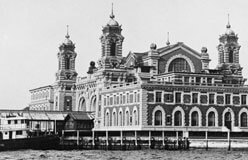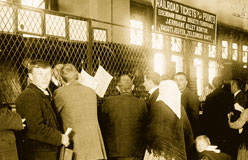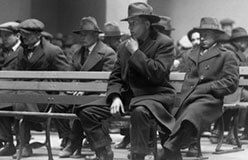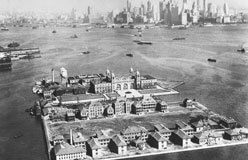In the 62 years between 1892 and 1954, more than 12 million people landed on a tiny island in New York City’s harbor. They were all immigrants—men, women, and children who had left their native lands to come to the United States.
Some, such as the Jews of Eastern Europe, were escaping religious persecution. Others were fleeing famine or seeking economic improvement. To all of them, Ellis Island was the island of hope. Here, they first set foot in what they hoped would become their new country. In confusion and anxiety, they faced the tests that would determine if they could stay.
Who decided which immigrants could remain in the “promised land” and which ones were unwelcome? In the early years of the nation, there were no national laws about immigration. Each state controlled immigration within its borders. New York, with the greatest number of immigrants, led the way in setting up regulations. However, in 1876, the U.S. Supreme Court declared all state immigration laws unconstitutional. In 1891, the federal government established the office of Superintendent of Immigration. The next year, Ellis Island opened for business.







